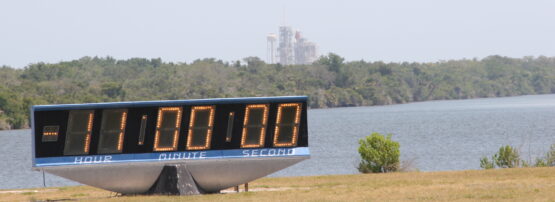
In this episode of PING, APNIC’s Chief Scientist Geoff Huston discusses how Sweden built a national time distribution system and the nature of time in the modern Internet.
At the RIPE 86 meeting held in Rotterdam in May of this year, Karin Ahl, the CEO of Netnod presented a talk titled ‘How Sweden Built a World-Leading Time Network‘.
A central problem in time distribution on the Internet is firstly the lack of security inside the Network Time Protocol (NTP), and secondly the sources and reliability of the time information. The first problem is solved by using the newer Network Time Security (NTS) protocol, which adds TLS, and the second, by investment in reliable and strategically placed time distribution servers, which is the basis of the Swedish national time initiative.
Geoff attended the Netnod presentation and reflects on the complex history of time, and the emergence of worldwide communities that coordinate both civil time (what the time of day is, in the world) and the nature of how time is measured (how a ‘second’ is defined, for example).
Geoff discusses historic and current attempts to standardize time measurements (such as UT1 and UTC) — with their inherent compromises — against Earth’s revolutions and rotations around the sun. These measurements have become increasingly critical to modern technology, such as GPS.
Read more about NTP, NTS, and the time problem on the APNIC Blog and elsewhere online:
- Watch Karin Ahl’s presentation at RIPE 86
- RIPE 86 bites — what’s the time? (2023 Geoff Huston’s APNIC Blog post on the issues)
- Network Time Security: New NTP authentication mechanism (2021 APNIC Blog post by Martin Langer)
- How do you know what time it is? (2020 APNIC Blog post by Patrik Fälström)
- Putting a stop to Internet Time Shifters (2019 APNIC Blog post by Neta Rosen Schiff)
- Is the Internet Running Late? (2018 APNIC Blog post by Geoff Huston)
- Steve Allan blogs on time (background reading)
- Tony Finch blogs on time (background reading)
Subscribe and share your story
You can stream and subscribe to PING via the following channels:
If you’re interested in sharing your insights or research, please get in touch — we’re always looking for great stories from the community. And please do let us know what you think of the podcast as well as the APNIC Blog so we can keep improving.
The views expressed by the authors of this blog are their own and do not necessarily reflect the views of APNIC. Please note a Code of Conduct applies to this blog.

Since 20 May 2019 all 7 base SI units are defined in relation with defined fixed values of natural constants, like the speed of light. E.g., the kilogram is just defined as 1 J s^2 m^-2 {E=F*d=m*a*d; [J] = [kg][m]^2[s]^-2}, not some artifact in Paris. And a Joule is defined in relation to the fixed value of Planck’s constant. All very neat.